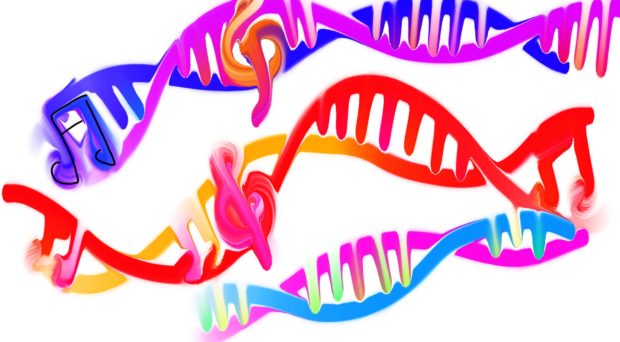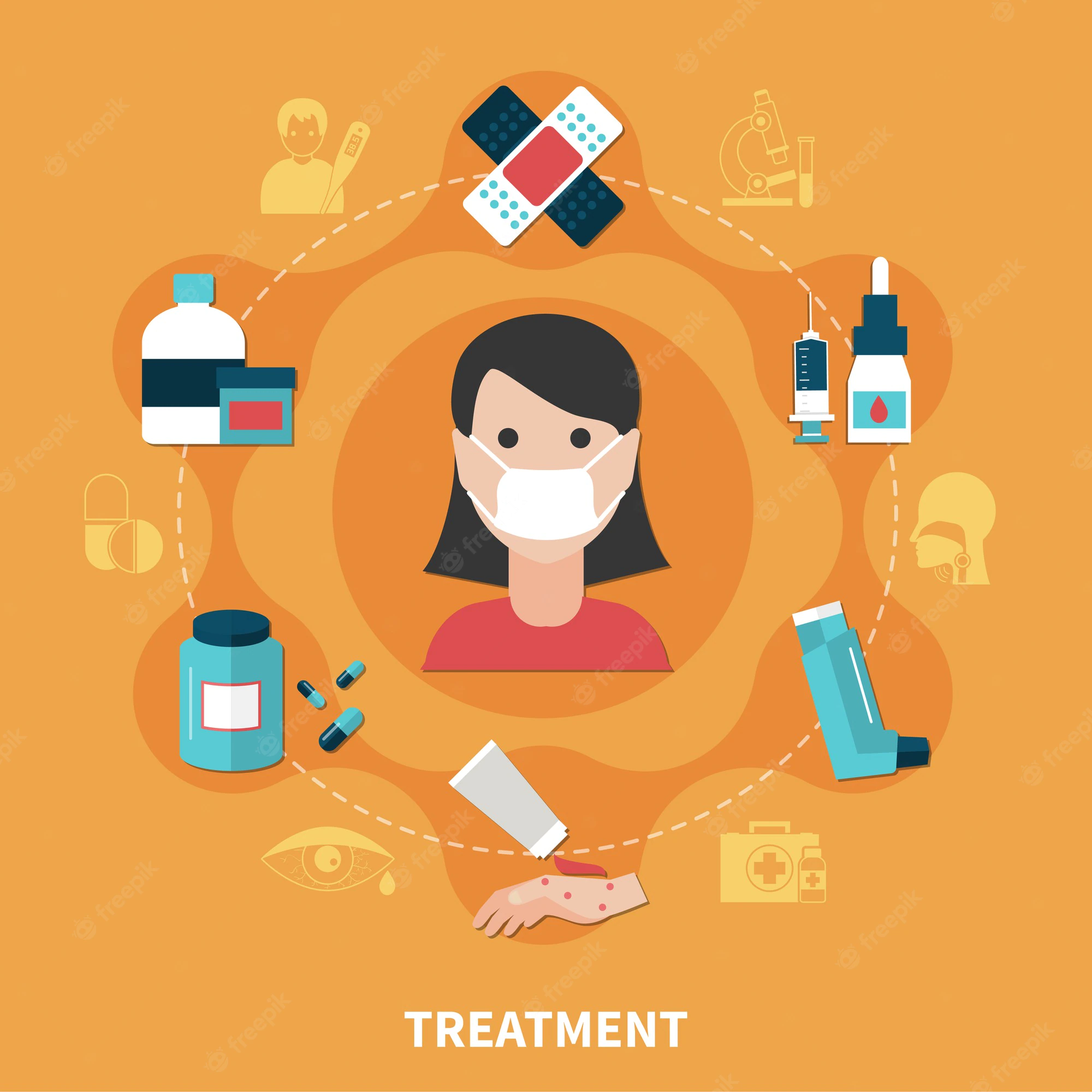/https://public-media.smithsonianmag.com/filer/6d/ac/6dac4e20-9362-48c3-9ed3-50b38307bc58/sun-cream-1337629_1920.jpg)
One of the few annoying parts of a relaxing day on the beach is regularly reapplying sunscreen. But scientists are working to solve this issue, and they’re using an unexpected substance: DNA from salmon sperm.
“Ultraviolet light can actually damage DNA, and that’s not good for the skin,” lead author Guy German, a biomedical engineer at Binghamton University, says in a statement. “We thought, let’s flip it. What happens instead if we actually used DNA as a sacrificial layer? So instead of damaging DNA within the skin, we damage a layer on top of the skin.”
Sunscreen as we know it has been made from a variety of substances in the 20th century. Early forms of sunscreen were thick substances like zinc oxide or the World War II “red vet pet” jelly that essentially obscured the skin from the sun’s rays. Later forms mixed in coconut oil and other substances to make sunscreen more pleasant and transparent to use while still protecting our skin.
Today, even the most advanced modern sunscreens still get worn away—whether they are washed off or degraded in the harsh solar rays. And reapplication is nothing to joke about: The American Academy of Dermatology recommends reapplying it to your skin every two hours. Congress has even pushed to expedite the development and release of new sunscreen formulas.
Never fear, scientists are on the case. For the latest study, published in the journal Scientific Reports, researchers spread DNA from salmon sperm onto glass plates and let it dry, creating a thin film, reports Kendra Pierre-Louis of Popular Science.
They then put this thin film between an ultraviolet light generator and a sensor to see how well it worked at blocking the harmful rays. The DNA held up well, reports Pierre-Louis, blocking up to 90 percent of the UVB rays that cause tanning and burning on our skin, and up to 20 percent of the more plentiful UVA rays that may play a role in skin cancer.
Even more interestingly, however, the DNA film seemed to react the opposite of how normal sunscreens do: As the light beat down on it, it got stronger.
“If you translate that, it means to me that if you use this as a topical cream or sunscreen, the longer that you stay out on the beach, the better it gets at being a sunscreen,” German tells Amy Wallace of UPI.
The researchers aren’t certain of how this happens, reports Pierre-Louis, but they believe it may be related to either the DNA molecules of the film somehow becoming able to absorb more light, or the crystalline structure of the film changes in response to light exposure, making it more dense and thus more able to block or absorb light.
So why salmon sperm? “It was not that we chose salmon sperm,“ German tells Pierre-Louis. “It’s just one of the readily available DNA sources.”
Don’t get carried away too soon. As Pierre-Louis cautions, the substance the researchers were testing “is not sunscreen,” and won’t make it to pharmacy shelves anytime soon. It could, however, help companies develop more effective and efficient sunscreens, especially
[Source”indianexpress”]









